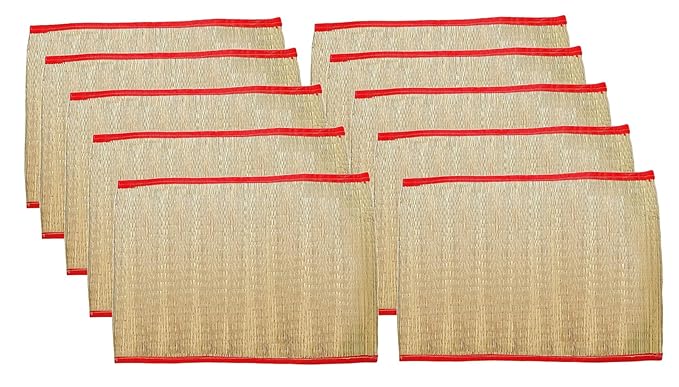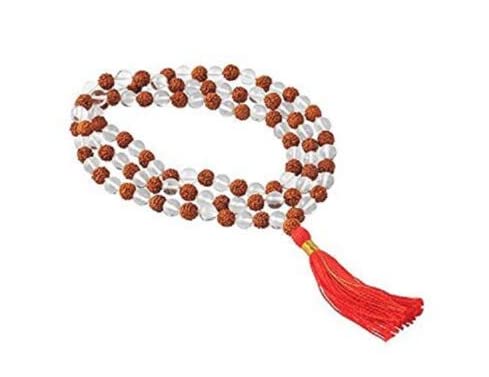Why Is Hydration Important for Dry Skin?
When your skin lacks moisture, it can appear dull and feel uncomfortable. Beyond the superficial effects, proper hydration supports your skin’s barrier, helping it fend off environmental damage, irritation, and early signs of aging. Following these tips can not only improve your skin’s appearance but also enhance its health and resilience over time.
Top Beauty Tips for Hydrating Dry Skin
1. Moisturize Right After Cleansing
One of the most effective ways to lock in hydration is to moisturize within five minutes of washing your face or showering. Applying moisturizer on slightly damp skin helps seal in the water, preventing it from evaporating and leaving your skin feeling tight and dry.
Recommended Ingredients in Moisturizers:
- Hyaluronic Acid: A natural humectant that pulls moisture into the skin.
- Ceramides: These strengthen the skin barrier, preventing moisture loss.
- Squalane: This emollient hydrates deeply without leaving a greasy feel.
Bonus Tip: Use a hydrating mask once or twice a week if your skin is still dry and flaky. These masks provide a surge of moisture and can work wonders overnight.
2. Use Gentle, Fragrance-Free Products
Dry skin often responds best to products that are free from harsh chemicals and allergens. Look for gentle, fragrance-free options when choosing soaps, cosmetics, and even laundry detergents. Ingredients like alcohol, retinoids, and fragrances can be overly drying and cause irritation.
Look For:
- Hypoallergenic, fragrance-free cleansers and soaps
- Cream-based or oil-based cleansers that nourish as they cleanse
Avoid:
- Alcohol-based products, which can strip natural oils
- Harsh exfoliants, as they can cause irritation if used too frequently
3. Drink Water and Eat Hydrating Foods
Keeping your skin hydrated starts from the inside. Drinking plenty of water throughout the day ensures your body and skin stay moisturized. In addition to water, certain foods rich in essential fatty acids and water content can also benefit your skin’s hydration.
Hydrating Foods for Dry Skin:
- Water-Rich Vegetables and Fruits: Cucumbers, oranges, watermelon, and strawberries
- Healthy Fats: Avocados, nuts, seeds, and fatty fish like salmon and mackerel are rich in omega-3 fatty acids, which support skin’s moisture balance.
- Leafy Greens: Spinach, kale, and other leafy greens are packed with antioxidants that protect and hydrate.
4. Use a Humidifier to Add Moisture to the Air
The air around you, especially in colder months, can sap moisture from your skin. Using a humidifier in rooms where you spend the most time can counteract dry indoor air, replenishing moisture and keeping your skin comfortable and hydrated.
Best Places for a Humidifier:
- Bedroom: Keeping a humidifier in your bedroom overnight can prevent moisture loss during sleep.
- Living Room: Running a humidifier where you spend hours can make a noticeable difference.
5. Limit Shower Length and Use Lukewarm Water
Long, hot showers may feel great, but they can strip your skin of its natural oils, worsening dryness. Aim to keep your showers short and opt for lukewarm water.
Pro Tips for Showers:
- Limit showers to about 5-10 minutes.
- After showering, pat (don’t rub) your skin dry and apply moisturizer immediately to lock in hydration.
6. Choose a Gentle Pillowcase Fabric
Your pillowcase can impact the moisture levels in your skin while you sleep. Traditional cotton pillowcases absorb more moisture than you might realize, which can leave your skin feeling drier in the morning. Softer, less absorbent materials help minimize friction and prevent moisture loss.
Better Pillowcase Options:
- Silk: Helps retain moisture and reduces friction.
- Bamboo: This soft and eco-friendly option keeps moisture in the skin.
- Satin: Similar to silk, satin pillowcases are gentle on the skin and help prevent moisture loss.
7. Use an Ointment or Cream Instead of Lotion
When it comes to tackling very dry skin, ointments and creams tend to be more effective than lotions. Ointments and creams have a higher oil content, which helps them form a protective layer over the skin and locks in moisture.
Best Ingredients for Ointments and Creams:
- Petroleum Jelly: A powerful occlusive, ideal for extra-dry areas.
- Beeswax: Natural and soothing, helps protect against moisture loss.
- Shea Butter: Rich and creamy, deeply moisturizes and soothes.
8. Protect Your Lips with Lip Balm or Petroleum Jelly
Lips often suffer the most in dry weather. Using a protective layer, like lip balm or petroleum jelly, can keep your lips hydrated and prevent cracking.
Tips for Hydrated Lips:
- Apply lip balm with ingredients like beeswax, shea butter, or natural oils.
- Use petroleum jelly for an added layer of moisture before bed.
9. Wear Gloves to Protect Your Hands
Hands are exposed to many drying elements, including water, detergents, and temperature changes. Wearing gloves when doing household chores or venturing out in cold weather can prevent your hands from drying out.
Best Practice:
- Use cotton gloves for household tasks.
- Apply hand cream regularly, especially before bedtime, and wear cotton gloves to let it absorb overnight.
Diet Tips for Hydrating Dry Skin
Beyond drinking enough water, certain foods are known to support skin hydration from within:
- Omega-3 Fatty Acids: Omega-3s found in fatty fish (like salmon and mackerel), chia seeds, flaxseeds, and walnuts help keep cell membranes healthy and prevent moisture loss.
- Antioxidant-Rich Foods: Berries, green tea, and dark chocolate are packed with antioxidants, which combat free radicals that can damage your skin’s moisture barrier.
- Vitamin E: Nuts and seeds, particularly almonds and sunflower seeds, are high in vitamin E, a powerful antioxidant that supports skin hydration and elasticity.
- Vitamin C: Citrus fruits, strawberries, and bell peppers are loaded with vitamin C, which is essential for collagen production and maintaining skin’s hydration and firmness.
- Beta-Carotene: Sweet potatoes, carrots, and spinach are rich in beta-carotene, which supports skin health and keeps it supple.














